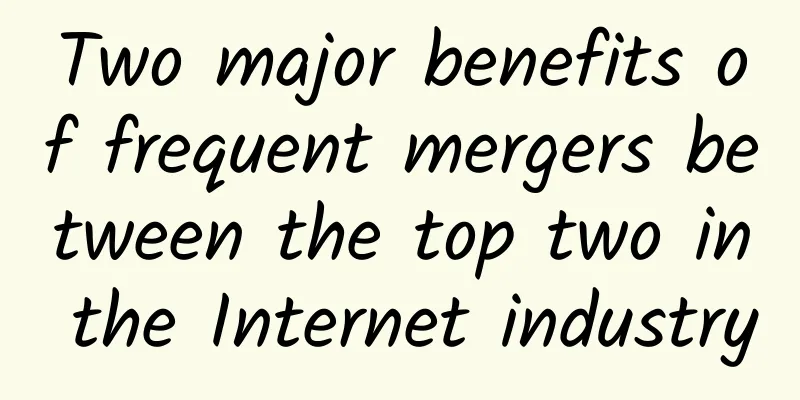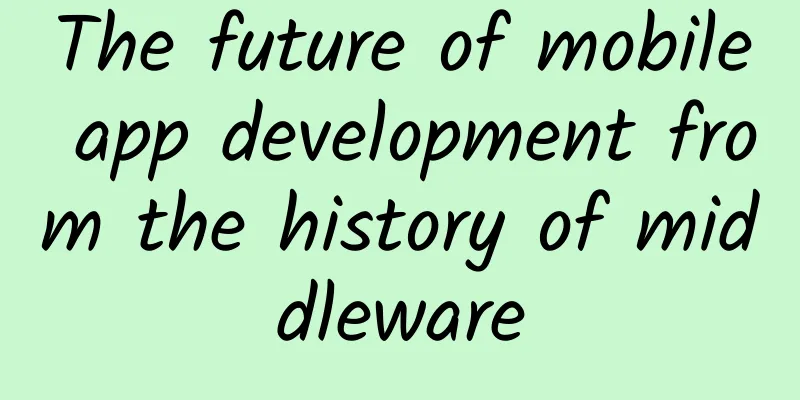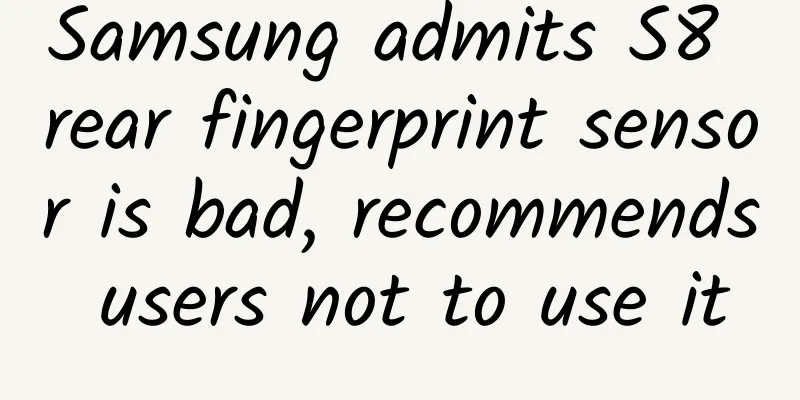The arrival of HTML5 era: the official version of HTML5 standard specification is released

|
The World Wide Web Consortium (W3C) announced that after nearly eight years of hard work, the HTML5 standard specification has finally been finalized and released to the public. In fact, HTML 5 has been used for many years before this standard was formulated. Firefox, Google Chrome, Opera, Safari 4+, Internet Explorer 9+ all support HTML5, but we have not seen the "official version" until today. W3C cited the "2014 Vision Mobile Survey" report, pointing out that among the 10,000 developers interviewed, 42% mixed HTML, CSS and JavaScript to develop mobile applications. Gartner listed HTML 5 as one of the top ten mobile technologies from 2015 to 2016, and believed that HTML 5 will be an important technology for enterprises and organizations to provide cross-platform applications. At the same time, HTML5 is also expected to become the cornerstone of the dream "Open Web Platform", and if it can be realized, it can further promote deeper cross-platform Web applications. HTML5 will replace the HTML 4.01 and XHTML 1.0 standards established in 1999. It is hoped that as Internet applications develop rapidly, the network standards will meet the needs of the contemporary network and bring rich content that is seamlessly connected to desktop and mobile platforms. Google employee Ian Hickson serves as the chief architect of the W3C HTML 5 specification, and engineers from Microsoft, Apple and IBM serve as co-chairs of the HTML working group. W3C pointed out that since W3C announced the completion of the HTML 5 definition 22 months ago, the W3C community has participated in more than 100,000 tests. Under the W3C patent policy, more than 60 companies have contributed royalty-free technologies to open licenses for developers to use. "Today we think nothing of watching video in a browser or running a browser on a phone," said Tim Berners-Lee, W3C Director. "We expect to be able to share photos, shop online, read news and look up information anytime, anywhere, on any device. HTML 5 and the Open Web Platform are the driving force behind all these user expectations, even though most users are unaware of their existence." In 1989, physicist Tim Berners-Lee planned the first version of HTML as a common specification for web page display, which contributed to the rise and popularization of the Internet in 1990. The fifth version of HTML can already watch audio and video content directly on the web page without plug-ins, can write programs to access bitmap canvas, which is helpful for rendering pictures or game images, natively supports scalable vector graphics (SVG), mathematical markup language (MathML), Ruby Annotation for East Asian language annotation, and supports rich application functions, etc. "HTML5 will drive the Web into a new era," said Dr. Jeff Jaffe, CEO of W3C. "Not long ago, the Web was just about reading some basic documents, but now it is a much richer platform. We have entered a stable stage where everyone can act according to the standards and it can be used in all browsers. If we don't work together, there will be no unified Web." At the same time, he pointed out that after HTML 5 is completed, W3C will continue to invest in several "application foundations" as the next stage of work focus, including:
|
<<: How to optimize memory in Android development
>>: 28 classic programming algorithms you must read
Recommend
From stranger social networking to overseas live streaming, "Ya Chuang Group" has taken a different path from Momo!
Although constrained by objective conditions such...
TrendForce: In April 2023, the average price of battery-grade lithium carbonate in China fell to RMB 198,000 per ton, a monthly drop of 39%.
According to TrendForce's official WeChat acc...
Who said no one eats this bean in China? This bean is really good... Try it now!
Chickpeas, a kind of bean that is unfamiliar in C...
How to play "618"? Take this advertising guide for free
This year’s “618” mid-year shopping festival coin...
Users (fans) start to leave at an accelerated rate, what else can you do?
If you are extremely sensitive to user activity, ...
A man vomited for more than a year and had a craniotomy to remove parasites. The cause turned out to be this kind of hot pot that everyone eats...
Speaking of bullfrog, it is a favorite on many pe...
Where can I find the short video material library for self-media short video production?
As a popular platform nowadays, short video platf...
Toutiao Information Flow Luban Introductory Course [Basic Concepts] Tutorial
Chapter 1: Basic Concepts 1.1: What is informatio...
Summary of the key points of the full text of the 2022 Government Work Report: There are mainly 26 key points!
At 9:00 a.m. on March 5, 2022, the opening meetin...
What equipment is needed to install a 400 telephone?
When applying for a 400 phone, many users often a...
Is the agency fee for Yichang Fitness Mini Program high? Yichang Fitness Mini Program Agency Fees and Process
How much does it cost to be an agent for a fitnes...
5 Kotlin features Android developers need to know
[51CTO.com Quick Translation] It has always been ...
5 steps to quickly get started with Weibo channel operations!
As the gossip center of the entire Internet, Weib...
Can soaking your feet help you sleep and lose weight? Huaxi experts say these 4 types of people really shouldn’t soak their feet!
It's the beginning of spring, but the weather...
How to use the pyramid model to implement user stratification operations (with case studies)
As the Internet becomes more and more permeable i...









